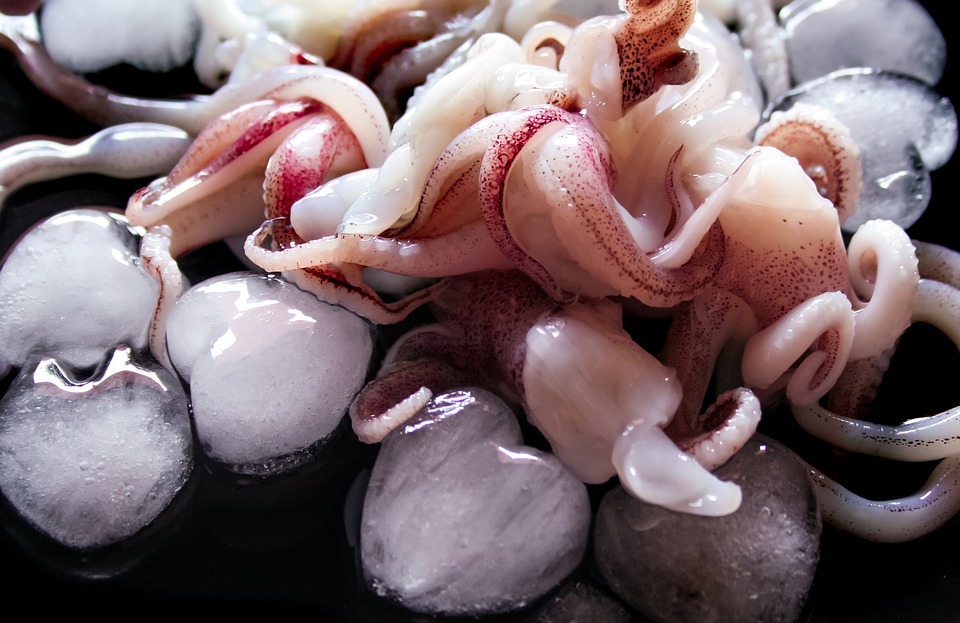Squid Survival: How These Cephalopods Thrive in the Harsh Ocean Environment
The ocean is a vast and unforgiving environment, where creatures must adapt to survive in the face of extreme conditions. Among the most fascinating and resilient inhabitants of the deep are the cephalopods, particularly the squid. These soft-bodied, tentacled wonders have evolved to thrive in the harsh ocean environment, and their remarkable abilities are a testament to their remarkable adaptability.
Camouflage and Mimicry
One of the key factors in a squid’s survival is its ability to blend in with its surroundings. Squid have specialized skin cells called chromatophores that allow them to change the color and texture of their skin to match their environment. This remarkable ability is known as camouflage, and it allows squid to evade predators, sneak up on prey, and even communicate with other squid.
But squid don’t just stop at camouflage – they also have a remarkable ability to mimic other sea creatures. Some species of squid can mimic the appearance and movement of fish, shrimp, or even other squid, making it difficult for predators to detect them. This ability is known as mimicry, and it’s a crucial part of a squid’s survival strategy.
Speed and Agility
Squid are also incredibly fast and agile swimmers, capable of reaching speeds of up to 25 feet per second (7.6 meters per second). This speed allows them to catch prey quickly and evade predators with ease. But squid aren’t just fast – they’re also incredibly agile, able to change direction quickly and make sharp turns to avoid danger.
Intelligent and Curious
Squid are also known for their intelligence and curiosity. They have been observed playing with objects, solving problems, and even recognizing and interacting with individual humans. This intelligence is likely linked to their large brains, which are some of the largest in the animal kingdom relative to their body size.
Squid’s Unique Body Structure
Squid have a unique body structure that allows them to thrive in the ocean environment. Their soft, boneless bodies are flexible and can be compressed to fit through narrow spaces, making them expert navigators of coral reefs and shipwrecks. Their tentacles are also incredibly long and flexible, allowing them to capture prey and defend against predators.
Conservation Status
Despite their remarkable abilities, squid are facing numerous threats in the ocean environment. Overfishing, habitat destruction, and climate change are all taking a toll on squid populations, and many species are considered vulnerable or endangered. Conservation efforts are underway to protect squid habitats and reduce bycatch, but more needs to be done to ensure the long-term survival of these incredible creatures.
Image: A squid’s chromatophores in action, changing the color and texture of its skin to blend in with its surroundings.
FAQs:
Q: How do squid change color?
A: Squid have specialized skin cells called chromatophores that allow them to change the color and texture of their skin to match their environment.
Q: How fast can squid swim?
A: Squid can swim up to 25 feet per second (7.6 meters per second), making them some of the fastest swimmers in the ocean.
Q: Are squid intelligent?
A: Yes, squid are considered to be highly intelligent creatures, with large brains and a ability to solve problems and recognize individual humans.
Q: What do squid eat?
A: Squid are carnivores and feed on a variety of prey, including fish, crustaceans, and other squid.
Q: Are squid endangered?
A: Many species of squid are considered vulnerable or endangered due to overfishing, habitat destruction, and climate change.
Q: How can I help protect squid?
A: You can help protect squid by supporting conservation efforts, reducing your carbon footprint, and choosing sustainable seafood options.



